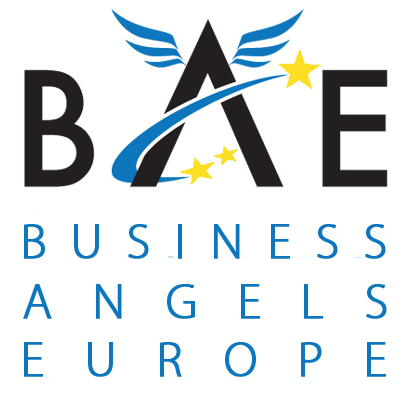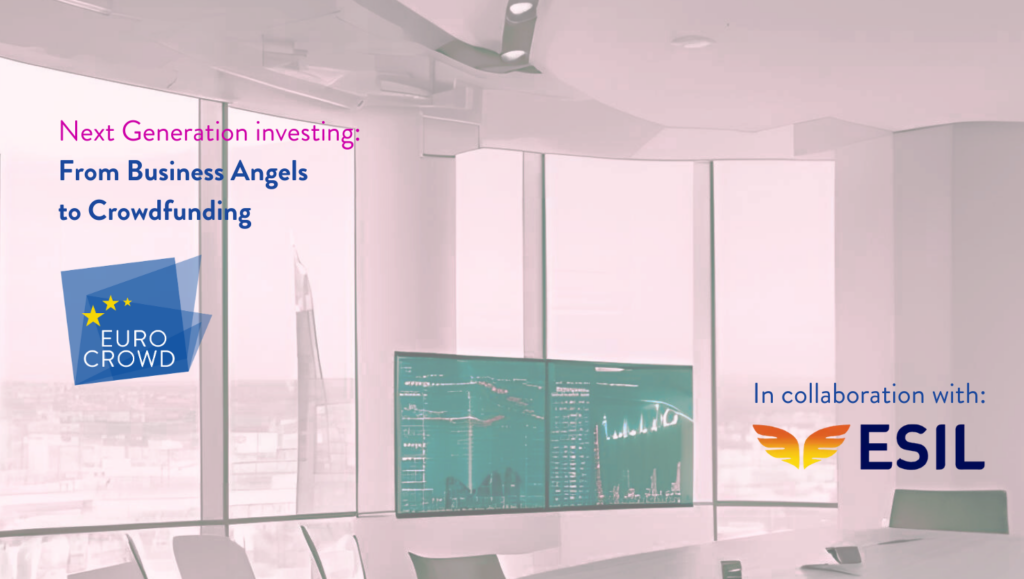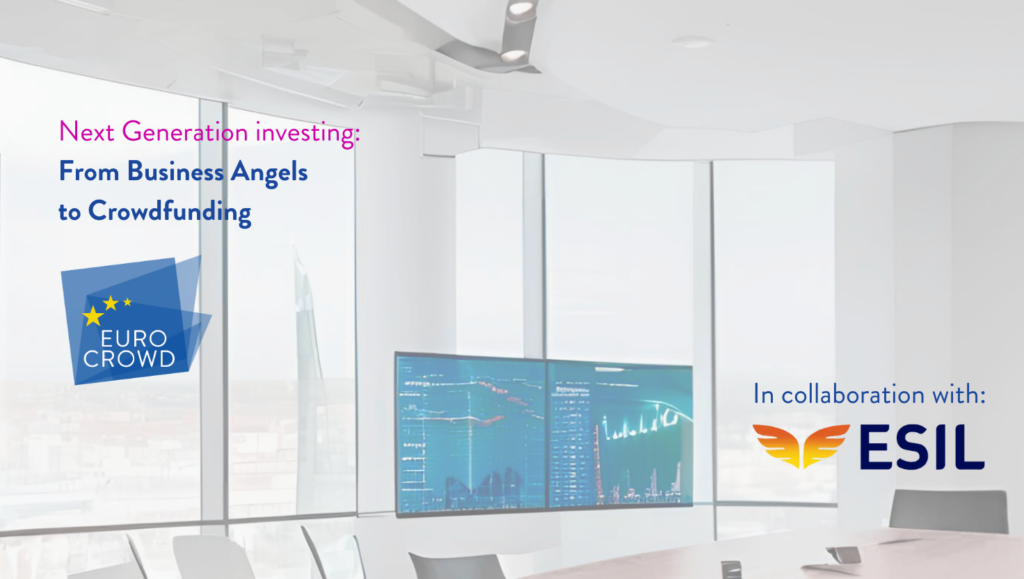Simple Agreement for Future Equity: Why standardised SAFEs help speed investment, protect stakeholders, and unlock cross-border deals across the EU
In the fast-moving world of early-stage finance, the SAFE (Simple Agreement for Future Equity) has become a go-to instrument for seed-stage investment. A SAFE is a contractual promise that converts an investor’s cash into equity at a future priced round or other trigger events. While the concept is simple, the details—conversion mechanics, valuation caps, discounts, investor protections, and treatment at exits or insolvency—require careful attention.
ESIL’s SAFE template provides a harmonised starting point for investors, SMEs, and crowdfunding platforms across Europe.
Key Insights & Practical Takeaways
For Angel Investors
1. Know the Trigger Events SAFEs convert on defined events: equity financings, liquidity events, or at maturity/ending terms. It’s crucial to confirm which events trigger conversion and whether the process is automatic or optional.
Negotiate clear, numeric definitions for “Equity Financing,” minimum raise thresholds, and timelines for conversion.
2. Watch the Economics: Valuation Cap, Discount, Interest The SAFE’s upside for early investors typically comes from a valuation cap and/or a discount. Some SAFEs also credit notional interest for conversion calculations.
Compare implied ownership under different scenarios (discount-only, cap-only, cap+discount), and model dilution across plausible follow-on raises.
3. Understand Rights on Conversion Post-conversion, investors should know what class of shares they receive and whether they obtain economic protections (e.g., liquidation preference) or anti-dilution rights.
Insist on explicit language that conversion shares carry the agreed economic and governance rights, or obtain side-letters clarifying treatment.
4. Get Information Rights, Even Pre-Conversion Quarterly reporting and reasonable investor updates are typical and important for risk management.
Include practical, not burdensome, reporting obligations in the SAFE.
5. Plan for Downside Scenarios SAFEs usually rank junior to creditors at dissolution. Understand recovery prospects in insolvency.
Run downside scenarios and negotiate remedies or conversion-out protections where possible.
For SMEs Seeking Investment
1. Use SAFEs to Speed Fundraising SAFEs avoid immediate valuation negotiations, reduce legal costs, and can accelerate closing—especially useful for small rounds and bridge financing.
Prepare a standard SAFE package with clear annexes (cap, discount, final term) to share with potential investors.
2. Set Clear Conversion Mechanics Define conversion price, conversion window, and administrative steps to avoid later disputes and shareholder friction.
Prepare a conversion checklist and timetable for your company’s investor onboarding materials.
3. Be Transparent About Subsequent Securities If you plan to issue later SAFEs or convertible instruments, include Most Favoured Nation (MFN) or notice provisions so early investors aren’t blindsided.
Maintain a public cap table and notify SAFE holders about follow-on convertible issues.
4. Anticipate Corporate Governance Impacts Post-conversion share classes, shareholder agreements, and waiver of subscription rights may be required. Build these into your roadmap.
Engage corporate counsel early to map out how conversions will be implemented under your national company law.
For Crowdfunding Platforms & Ecosystem Actors
A professional crowdfunding platform regulated under ECSPR cannot offer SAFE transactions, but it can run an SME campaign after a previous SAFE round. For this it must:
- Review and validate all SAFE agreements
- Include SAFEs in fully diluted cap table
- Disclose all dilution impacts to investors
- Clarify whether the SAFE converts in the ECSPR round
- Possibly ask the issuer to restructure the SAFEs
- Include SAFE terms in the KIIS as material risk factors
Practical Guidance: How to Use the ESIL SAFE Template
1. Decide Whether a SAFE Is the Right Instrument Use SAFEs for bridge capital, quick seed rounds, or when valuation is genuinely hard to fix now. Avoid SAFEs when investors require immediate governance rights or when creditor protections are paramount.
2. Standardise the Variables Fill in: SAFE Amount, Valuation Cap(s), Discount (if any), Notional Interest (if used), Final Term, and minimum Equity Financing threshold. Ensure these are numeric, not vague.
3. Model Outcomes Run best/medium/worst case conversion scenarios and share them with counterparties. Use simple tables: investment → conversion price → shares → % ownership.
4. Document Administrative Process Set clear timelines for conversion notifications, shareholder meetings, and registration of new shares. Identify who bears corporate costs connected to conversion.
5. Include Investor Protections Proportionate to the Ticket For larger angel checks, include MFN clauses, information rights, and limited anti-dilution or liquidation protections. For small retail tickets, keep terms simpler to avoid complexity.
6. Ensure National Law Alignment SAFEs must be tested against local company law (share issuance mechanics, pre-emptive rights, formalities). Use the ESIL template as the baseline, then adapt with local counsel.
Why Harmonised SAFE Templates Matter for Cross-Border EU Investment
- Reduce negotiation friction: A shared starting point speeds discussions, shortens time to close, and lowers legal fees.
- Improve comparability: Investors can compare deals across jurisdictions when core terms are standardised.
- Lower operational costs for platforms: Standard templates reduce review cycles and operational exceptions.
- Increase cross-border capital flows: Investors are more likely to back promising SMEs outside their home market if documentation is familiar and enforceable.
- Support regulatory clarity: Harmonised commercial standards help regulators and national authorities understand and supervise crowdfunding and angel markets more consistently.
Want to know more about becoming a Business Angel? Find out more at European ESIL
SAFEs are a powerful, pragmatic tool for early finance when used with care. ESIL’s SAFE template provides a robust starting point for angels, SMEs, and platforms, but its real value is unlocked when parties standardise numeric variables, model outcomes transparently, and align the template with national company law.
Legal due diligence checklists are not just administrative tools—they are strategic enablers of growth, trust, and cross-border investment. For angels, SMEs, and crowdfunding platforms, adopting harmonised frameworks reduces legal friction, accelerates fundraising, and strengthens Europe’s alternative finance ecosystem.
About European ESIL
ESIL is dedicated to boosting Europe’s innovative ecosystems through the creation of a thriving, connected and diverse angel investment community across all the countries of Europe. The programme is managed by:
 |  |  |



